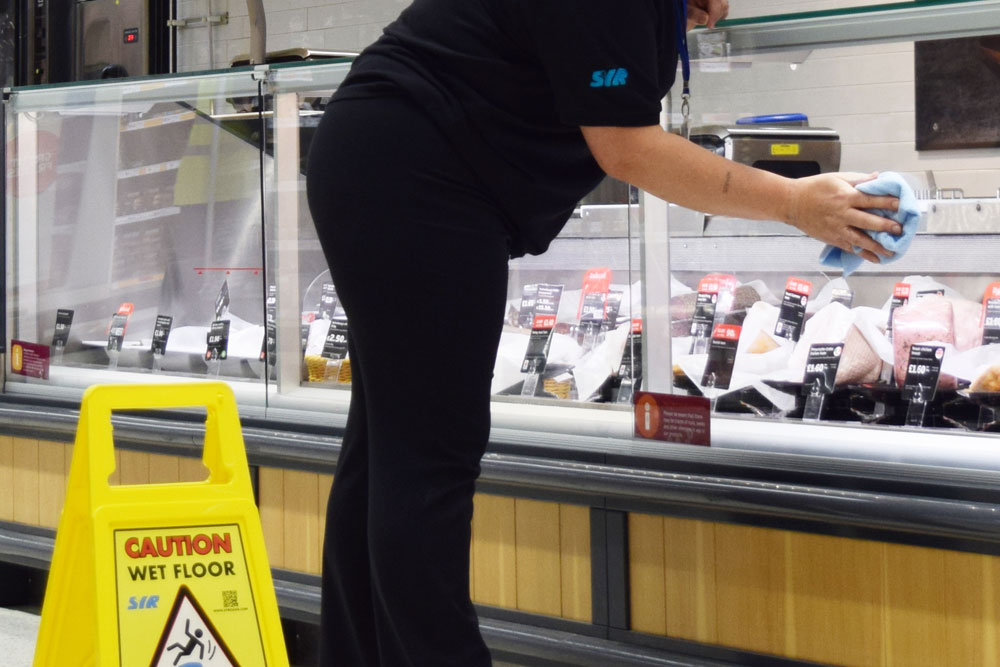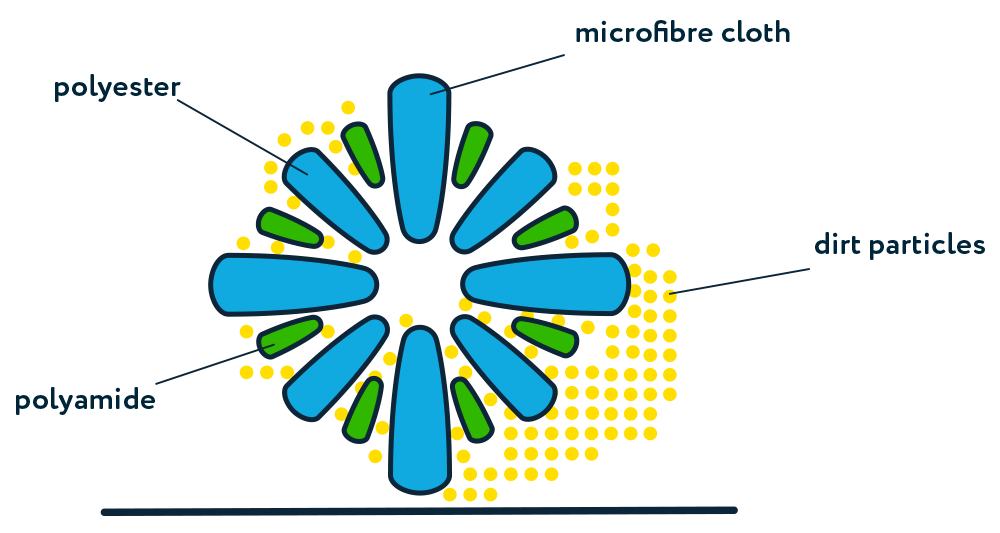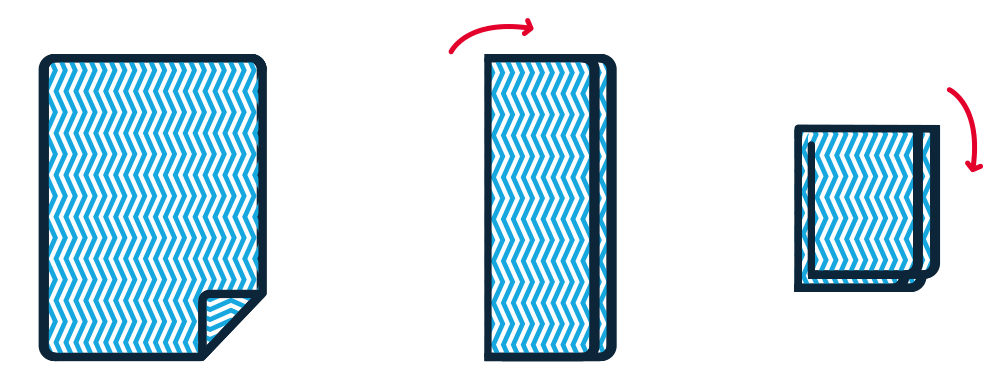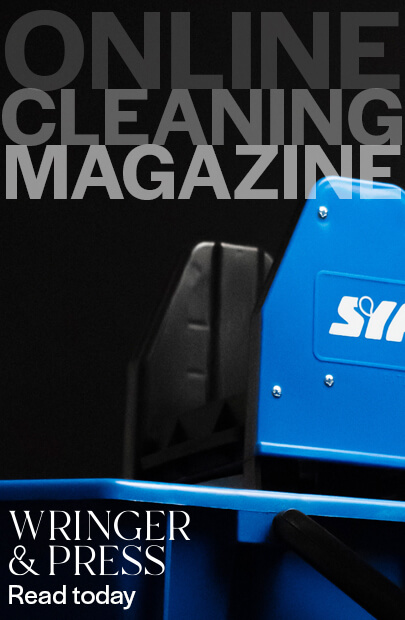
If you’ve hailed microfibre as the answer to your cleaning prayers, you’re not alone. But this miracle ‘wonder cloth’ is also a victim of its own success, we will shed some light on understanding microfibre.
So what exactly is it?
Ordinary materials such as polyester are woven into fibres so small that a single strand is 100 times finer than a human hair.
It means several materials can be woven together to take advantage of their specific properties. For example two of the most common in microfibre are polyester – for its ability to be split and hold dirt – and polyamide, for its absorbency.
So ‘microfibre’ isn’t just one thing, and all microfibre cloths are not equal.
It means several materials can be woven together to take advantage of their specific properties. For example two of the most common in microfibre are polyester – for its ability to be split and hold dirt – and polyamide, for its absorbency.
So ‘microfibre’ isn’t just one thing, and all microfibre cloths are not equal.

In layman’s terms, it has millions and millions of little hooks that grab dirt/dust particles, bacteria and so on, and holds on to them without the use of chemicals. It offers greater cleaning ability, great absorbency, reduced risk of scratching and lightness of use.
So what’s the problem?
Its biggest problem is the flipside of its biggest strength: its ability to pick up and hold on to dirt.
Once these millions of hooks are full of dirt/dust, bacteria etc the cloth just becomes an ineffective rag and pushes the dirt from one area to another.
Once these millions of hooks are full of dirt/dust, bacteria etc the cloth just becomes an ineffective rag and pushes the dirt from one area to another.
That’s why it’s important to follow BICSc recommended folding of cloths to ensure that all of the surface is used to its potential. Fold it in half, then half again – this will then potentially give you 8 working surfaces.


